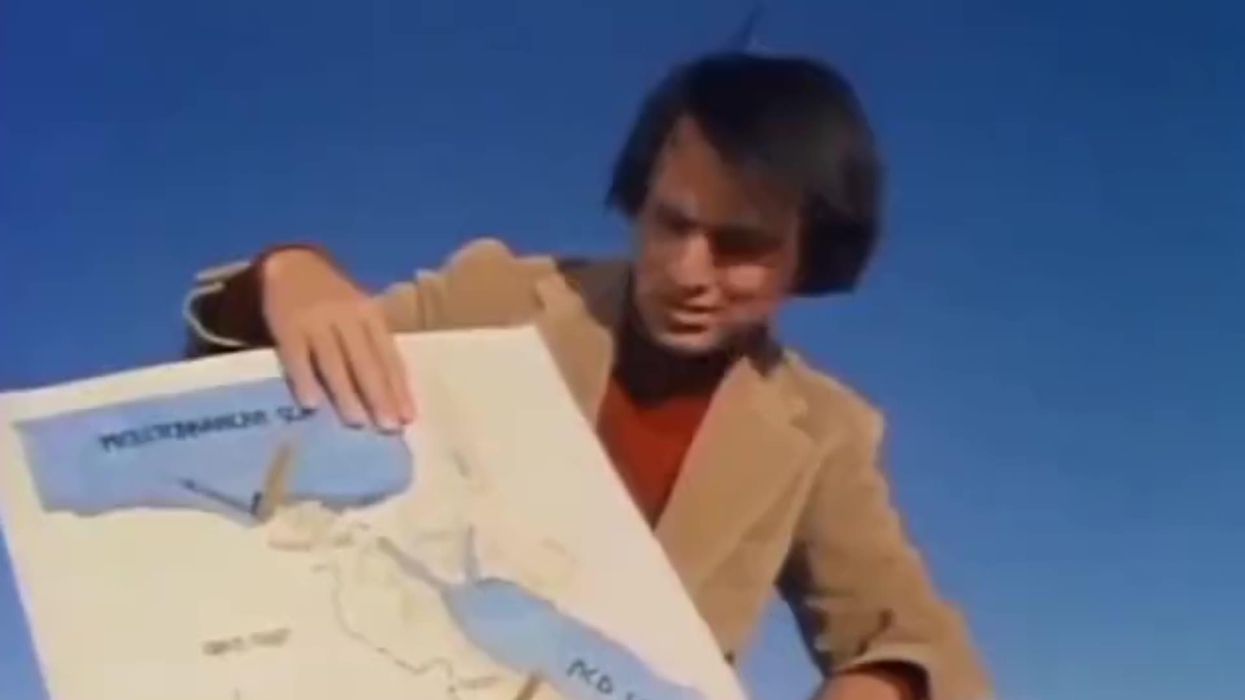Science & Tech
Greg Evans
Jul 25, 2022
Carl Sagan explains how the Ancient Greeks knew the Earth was round
PBS
You, me and everyone else who has bothered to do a small bit of research will not need telling that the Earth is round.
It's pretty obvious from the thousands of images we've seen from space and if you haven't been lucky enough to go into orbit, you can see it when you are on a plane, or stand on a mountain or the fact that there is a horizon.
Anyway, some people, and they are perfectly entitled to their opinions, still think the Earth is flat despite there being no evidence to support this theory whatsoever. To each their own, I guess.
It's easy to laugh at Flat Earthers in 2022 but even in the ancient world, the great minds of those times knew that the Earth was round. How did they know this? Through simple science, mathematics and logic.
This brings us to a rather wonderful clip featuring the great American astronomer Carl Sagan a small clip from his award-winning 1980 TV series Cosmos.
Sign up to our new free Indy100 weekly newsletter
In the clip, which recently resurfaced on Twitter Sagan explains how the Libyan-Greek scholar and chief librarian at the Library of Alexandria, Eratosthenes, managed to deduct that the Earth was a sphere more than 2000 years ago. He did this by observing how shadows changed depending on the position of the Sun in the sky and by estimating the distance between the cities of Syene and Alexandria.
\u201cHow the ancient Greeks knew the Earth was round. All you need is sticks, eyes, feet and brains.\u201d— Lost in history (@Lost in history) 1658571930
It's a fascinating clip and a great example of how science and facts can prove anything.
Sorry Flat Earthers looks like it's another L for you.
Have your say in our news democracy. Click the upvote icon at the top of the page to help raise this article through the indy100 rankings.
Top 100
The Conversation (0)














